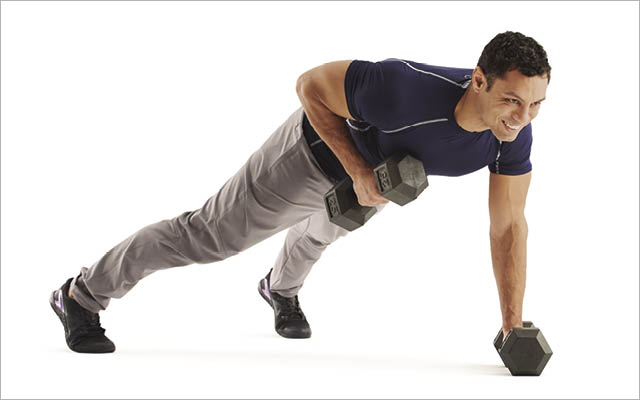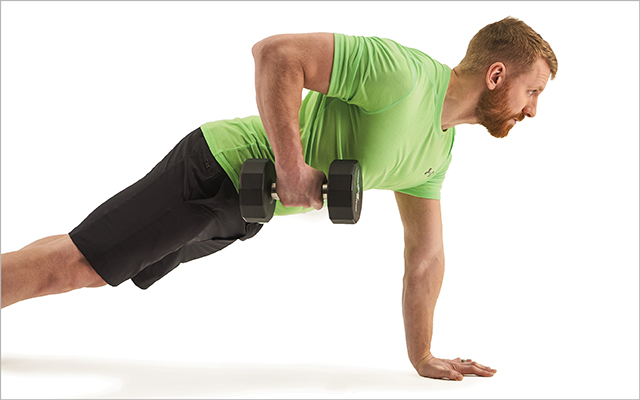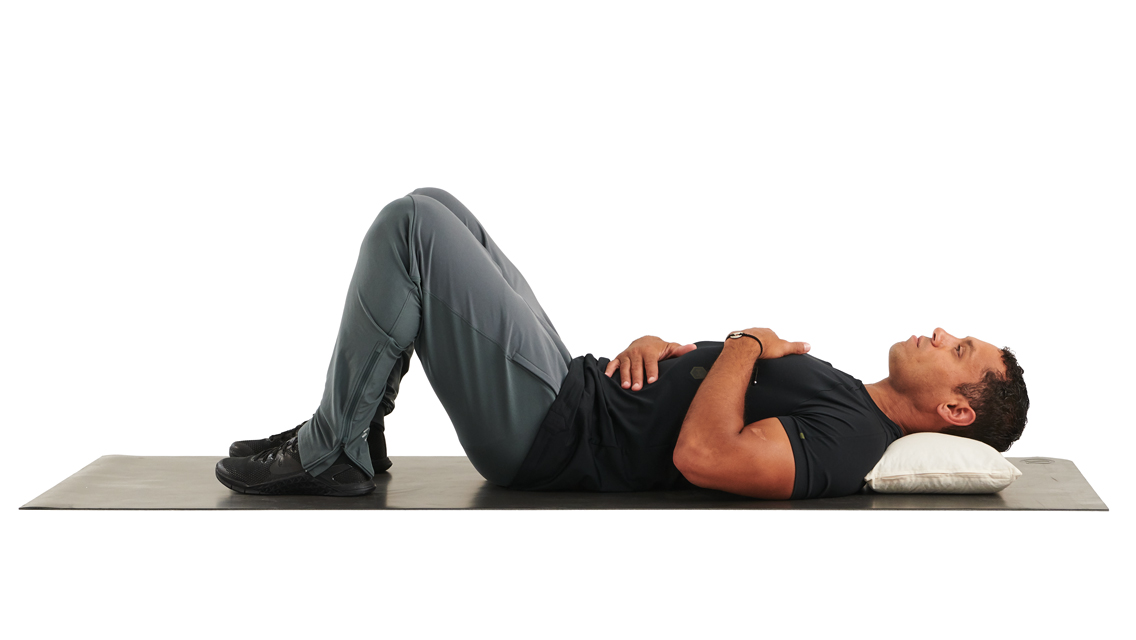- Support: The sling of muscles, fascia, and ligaments supports the organs inside the abdominal cavity and the pelvis, which include the sexual organs, bladder, and intestines.
- Sphincter: The pelvic-floor muscles allow for the appropriate opening and closing of the urethral and anal sphincters, ensuring successful urination and bowel movements while simultaneously preventing leakage of urine and fecal matter.
- Sex: The pelvic floor muscles relax and contract, allowing for penetration, arousal, and orgasm.
- Stability: The pelvic floor stabilizes the torso and allows for dynamic movement of the extremities. It plays a central role in breathing and regulating pressure in the intra-abdominal cavity.
- Sump pump: The pelvic floor helps move blood and lymph fluid through the pelvis and up into the trunk of the body.
Pelvic-floor health is an important, yet often overlooked, component of overall well-being. Discover how to keep this group of muscles strong and healthy by learning more at “Your Fit and Functional Pelvic Floor“, from which this article was excerpted.





This Post Has 0 Comments